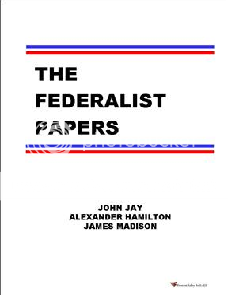RealWorldGraduation_Question_34 <– PDF
Suppose you are 21 years of age and have $1,000 to invest. Which of the following investment strategies offer the greatest long-term financial benefits? Assume that the Prime Rate (the interest rate the Federal Reserve charges to the largest banks) is 5.2%. The banks in turn will lend money at 3 to 10% above the Prime Rate, depending on the credit-worthiness of the applicant. All of these investment strategies are legal in all 50 states.
a) You lend your $1,000 to an individual who promises to pay you 25% per year ($250 per year) interest on the principal. At the end of 10 years, you will receive $3500, $1000 of which is your original loan, and $2500 is interest on the loan. The average annual return to you on this loan is 25%.
b) You lend your $1000 to a corporation. The corporation agrees to repay you $600 the first year, $400 the second year, and $200 in the third year. In all, you will receive $2200 over the three years, $1000 of which is the original loan amount, and $1200 is interest. The average annual return on this loan is 40%.
c) You give your $1000 to a corporation, and they agree to pay you $100 per month (indexed for inflation) for life beginning when you turn age 50. Suppose your current median life expectancy is 57 years (meaning that people your age have a median life span of 57 more years). This means that half the people now aged 21 will die before they reach 78, and half will live to 78 or longer. If you fall in the median range for life expectancy, you will collect for 28 years starting on your 50th birthday. Indexing for inflation means that if inflation of the currency causes the dollar to be only half as valuable as it is now, the corporation will compensate you by paying $200 per month, i.e., you will receive $100 in today’s buying power, not just $100. Assume that you are now 21 and you expect to live to be 78 (the median life expectancy). Then, you will receive the equivalent of $33,600 in present-year dollars, all of it in interest. The average return over the 57 years between now until time of death is 58.9% (although you will collect it only for the last 28 years of your life).
d) Go to the Off-Track Betting Parlor next Tuesday and bet the entire $1000 on horse #3 in the fourth race.
e) Each of the first three options have varying benefits and risk, so it would be wise to split the $1000 among the first three options (not necessarily equally).
(The answer is on p. 2 of the PDF.)



